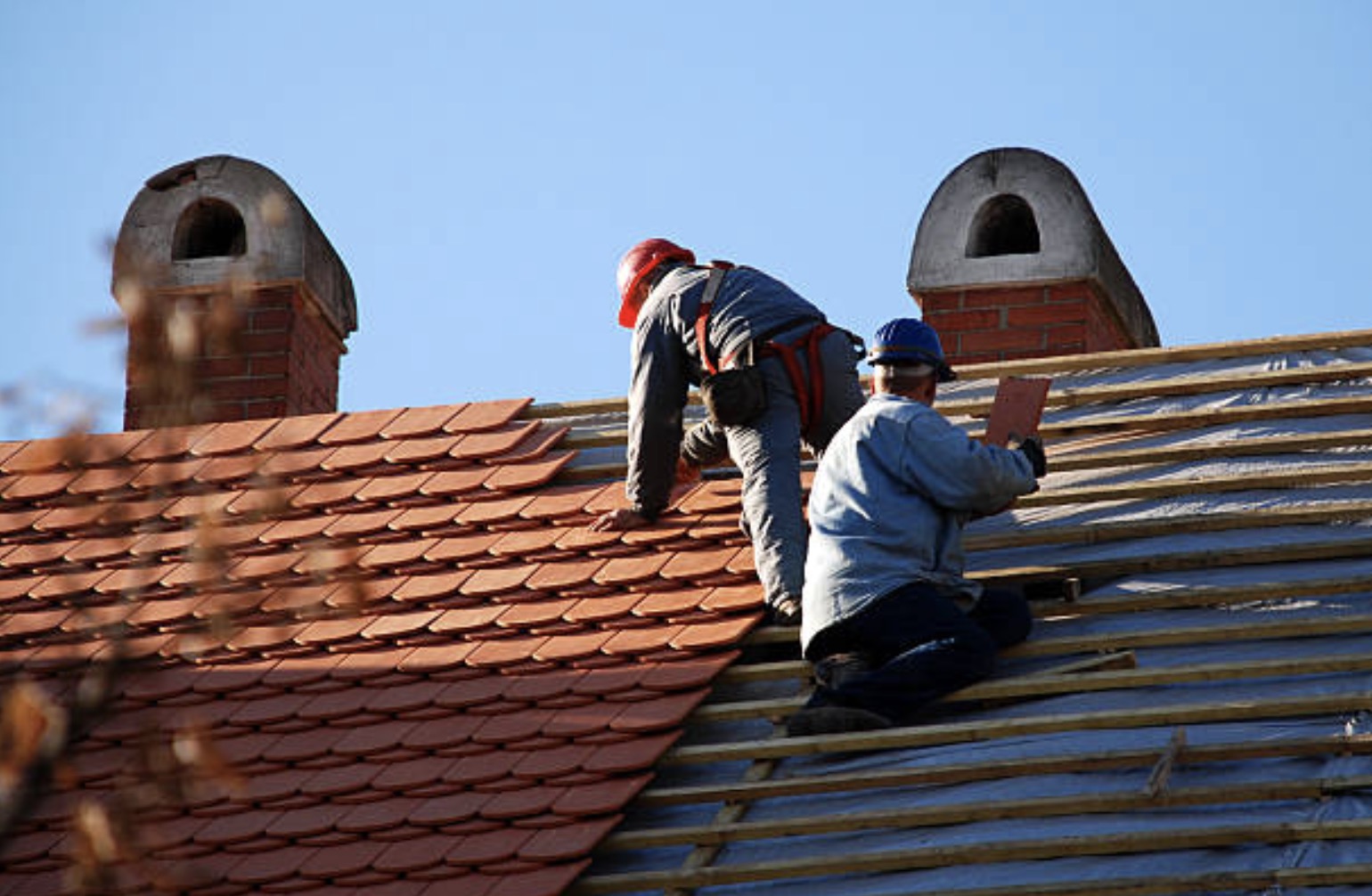In the digital age, having a well-designed website is only one part of the equation for business success. For roofing contractors, getting found online by potential customers is vital. This is where Roofing SEO — Search Engine Optimization — comes into play. SEO is a set of principles and techniques used to increase a website’s visibility in search engine results pages (SERPs). By aligning a roofing company’s online presence with SEO fundamentals, contractors can position their business in front of property owners who are actively looking for roofing services.
SEO is not a one-time setup; it involves a range of on-page, off-page, and technical elements that collectively influence how search engines like Google rank your content. From optimizing service pages to managing local citations and improving website speed, SEO helps roofing contractors dominate local search results and generate qualified leads.
Understanding Search Engine Optimization (SEO)
SEO is the process of optimizing a website to improve its visibility in organic (non-paid) search results. For roofing contractors, this means showing up when someone searches for terms like “roof repair near me,” “roof replacement contractor,” or “best roofing company in [city].” Search engines use algorithms to determine which websites are most relevant to each search query. These algorithms evaluate hundreds of ranking factors to decide where a website appears on the results page.
Search engines aim to provide the best user experience possible. They prioritize websites that are fast, mobile-friendly, trustworthy, and rich in relevant, original content. The more a website aligns with these ranking signals, the better its chances of appearing higher in search results.
For contractors in the roofing industry, this means creating and managing a website that meets both user expectations and technical SEO requirements. It also involves targeting the right keywords, maintaining an optimized site structure, and establishing authority in your local market.
Importance of Keyword Research for Roofing
At the heart of SEO lies keyword research — the process of identifying the terms and phrases potential customers use to find roofing services. Roofing contractors benefit most from keywords that include specific services and locations, such as “roof repair in Minneapolis” or “emergency roof leak fix.”
There are different types of keywords roofing companies should consider:
-
Service-based keywords: roof replacement, asphalt shingle repair, flat roof installation
-
Location-based keywords: roofing contractor in Denver, roofers near Tampa FL
-
Informational keywords: how long does a roof last, signs of roof damage
Using keyword research tools allows contractors to find keywords with high search volume and low competition. Once identified, these keywords should be naturally incorporated into titles, headers, URLs, meta descriptions, and content across the site. Proper keyword placement increases the likelihood of being ranked for those search terms, directing highly relevant traffic to the site.
On-Page SEO Elements for Roofing Websites

On-page SEO refers to the optimization of elements that are directly on the website. These include content, HTML tags, images, internal links, and overall page structure. For roofing contractors, well-executed on-page SEO ensures that every page communicates clearly to both users and search engines.
Some core on-page elements include:
-
Title Tags: These appear as clickable headlines in search results. They should include the main keyword and be under 60 characters.
-
Meta Descriptions: A brief summary that appears under the title tag. Though not a direct ranking factor, a well-written meta description can improve click-through rates.
-
Header Tags (H1, H2, etc.): These help structure the content and make it easier to read. H1 typically includes the page’s main keyword.
-
Content Optimization: Content should be original, informative, and aligned with search intent. It should include relevant keywords and answer common questions that users may have.
-
Image Optimization: Images should have descriptive alt text and be compressed for fast loading.
Internal linking, where one page on the site links to another, helps search engines understand the structure of the website and improves user navigation.
Local SEO for Roofing Contractors
For roofing contractors, the most critical aspect of SEO is local SEO, which focuses on helping businesses appear in local search results. Since roofing services are location-specific, contractors need to ensure their digital presence is optimized for geographic relevance.
Key components of local SEO include:
-
Google Business Profile (GBP): Formerly Google My Business, this listing appears in local map results and needs to be complete and up-to-date with business hours, services, photos, and contact information.
-
NAP Consistency: Name, Address, and Phone Number should be identical across all online platforms — including social media, business directories, and citations.
-
Local Citations: Online mentions of the business on directories like Yelp, BBB, Angi, and local chamber of commerce websites.
-
Location Pages: Roofing companies serving multiple areas often benefit from dedicated service pages for each city or region. These pages are optimized with local keywords to attract users in specific locations.
When executed correctly, local SEO helps roofing contractors rank in the “map pack” — the top three listings that appear below the map in local search results — and drive high-converting traffic from their target service areas.
Technical SEO and Website Performance
Technical SEO refers to the backend components that affect how search engines crawl, index, and interpret a website. These elements are often invisible to the average user but are essential for SEO success.
One of the most important technical elements is website speed. Roofing contractor websites must load quickly on both desktop and mobile devices. A slow-loading site increases bounce rates and sends negative signals to search engines.
Mobile optimization is another critical factor. As more users search from mobile devices, search engines give priority to sites that are responsive and easy to navigate on smaller screens. Other technical components include:
-
XML Sitemaps: Help search engines find and index all pages on a website.
-
Robots.txt Files: Tell search engines which pages not to crawl.
-
Secure HTTPS Protocol: Ensures a secure connection, which is a known ranking factor.
-
Structured Data Markup: Helps search engines better understand the content and context of each page.
A roofing contractor’s site that meets technical SEO standards will be easier to index, rank higher, and provide a better user experience.
Content Marketing and Blogging for Roofers
Content marketing is an essential pillar of SEO. Roofing contractors who consistently publish valuable, keyword-optimized content position themselves as industry leaders and attract more organic traffic. Blogging is the most common content format used in SEO campaigns.
Roofing blog topics may cover:
-
Roofing materials comparison
-
Roof maintenance guides
-
Seasonal roofing checklists
-
Answers to commonly asked questions
By targeting long-tail keywords and informational queries, these blog posts can drive traffic from users who are researching services but not ready to buy yet. Over time, this builds trust and brand recognition. High-quality blog content also increases the number of pages on a site that can rank in search results, and when optimized with internal links, it enhances overall site authority.
Backlinks and Off-Page SEO Authority
Off-page SEO is centered around building the authority of a roofing contractor’s website by acquiring backlinks from reputable, relevant sources. A backlink is a link from another website pointing to your website. Search engines view these links as endorsements of your content’s quality and trustworthiness.
Earning backlinks from local news outlets, industry blogs, suppliers, and directories helps boost a roofing company’s domain authority. The more credible the linking site, the more weight the backlink carries. Off-page SEO also includes social signals, branded mentions, and online reviews, all of which influence how a site performs in search.
Backlinks are especially important in competitive markets where several roofing companies are competing for the same local keywords. A strong off-page SEO profile can make the difference between ranking on page one or getting buried in the search results.
Conclusion
SEO serves as the backbone of a roofing contractor’s digital marketing strategy, laying the foundation for increased visibility, lead generation, and sustained online growth. From keyword research and on-page optimization to local citations and technical enhancements, each principle plays a role in helping roofing businesses appear in front of the right audience at the right time. Partnering with Roofers Marketing Done ensures these strategies are executed effectively, helping contractors dominate their local markets and consistently attract qualified leads.
For roofing contractors aiming to dominate local search, understanding and applying basic SEO principles is not just beneficial — it’s essential. Alongside Roofing SEO services and Roofing PPC campaigns, a well-optimized website can improve rankings, drive quality traffic, and ultimately convert online visitors into loyal customers.

